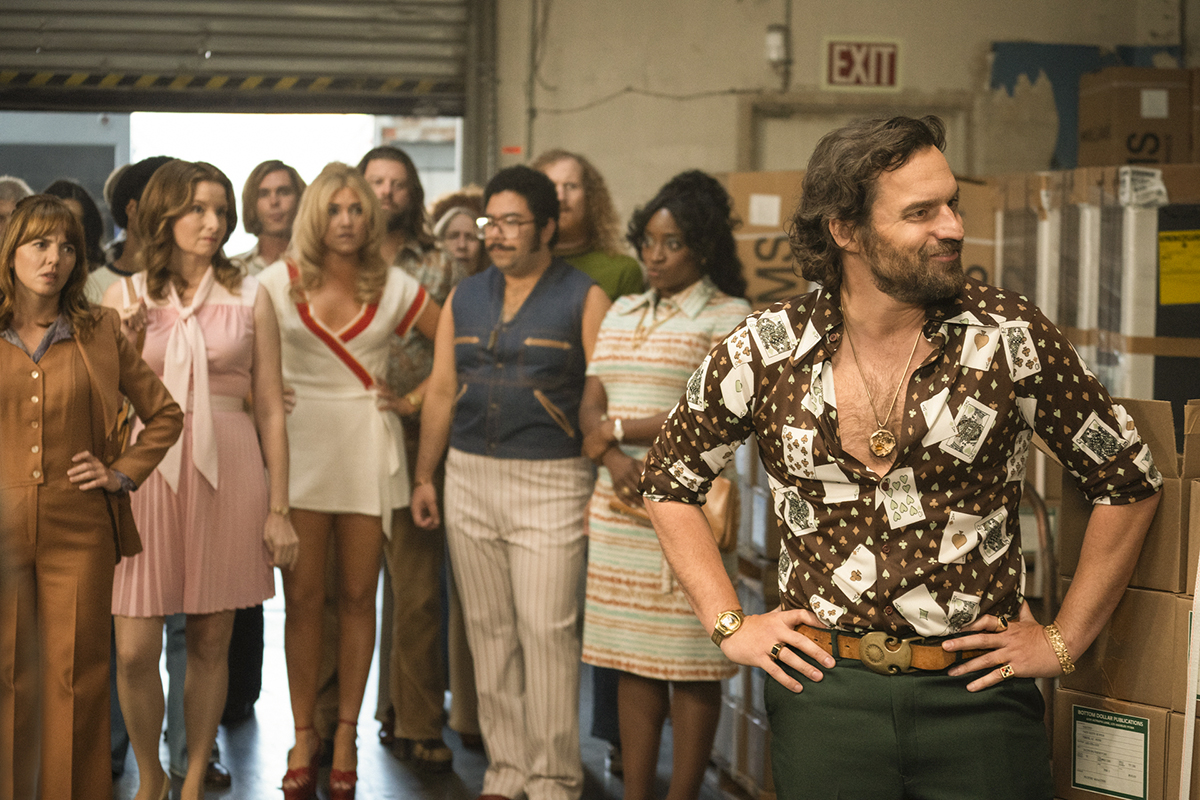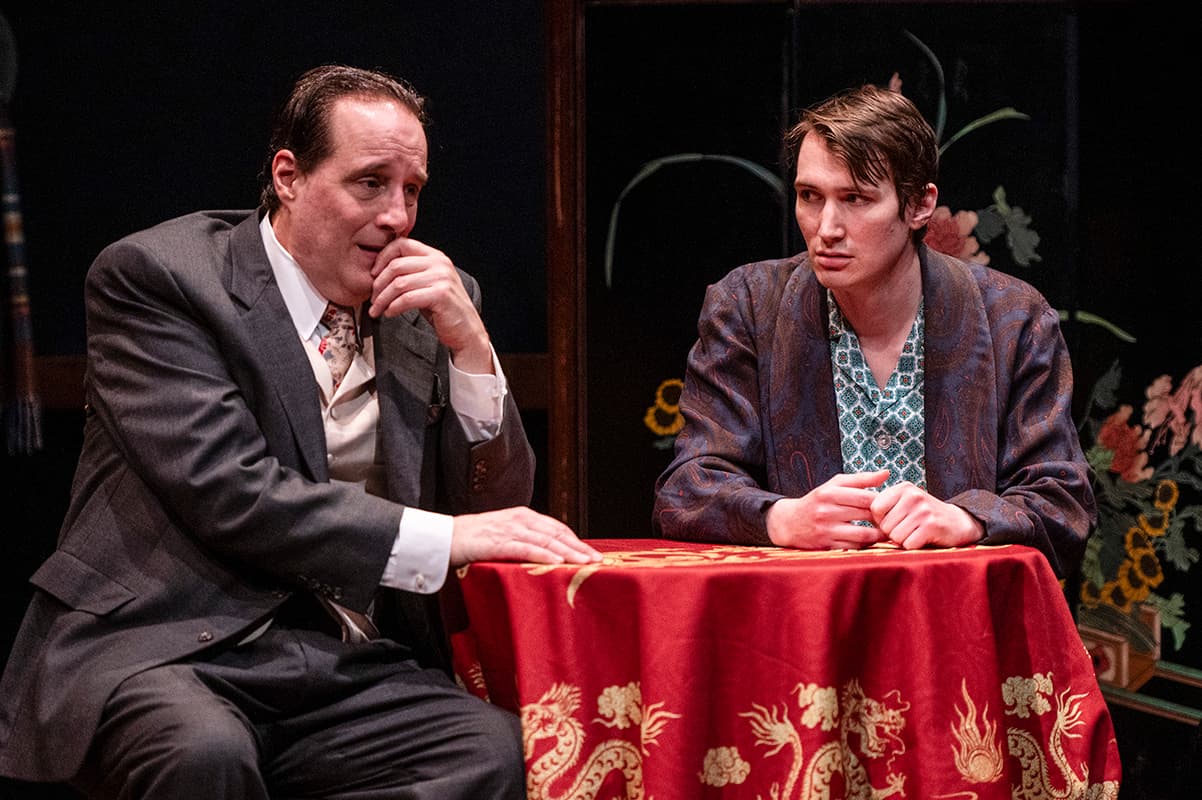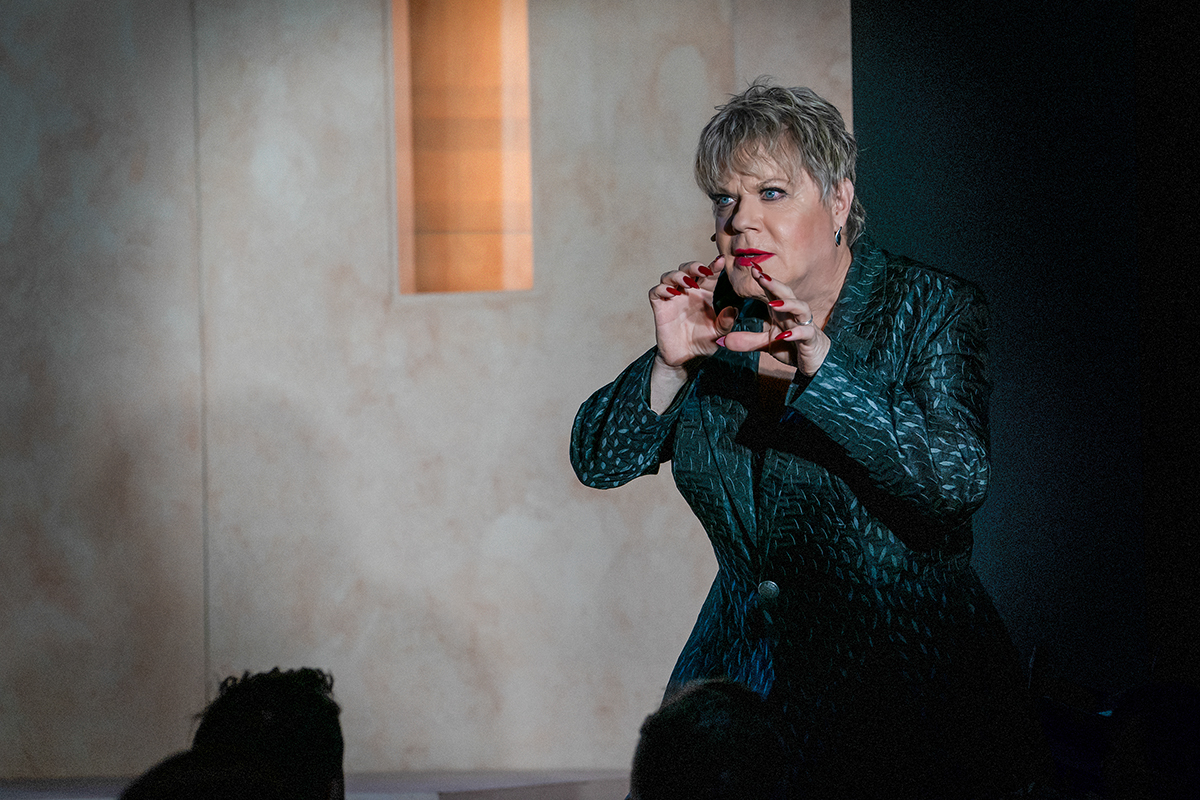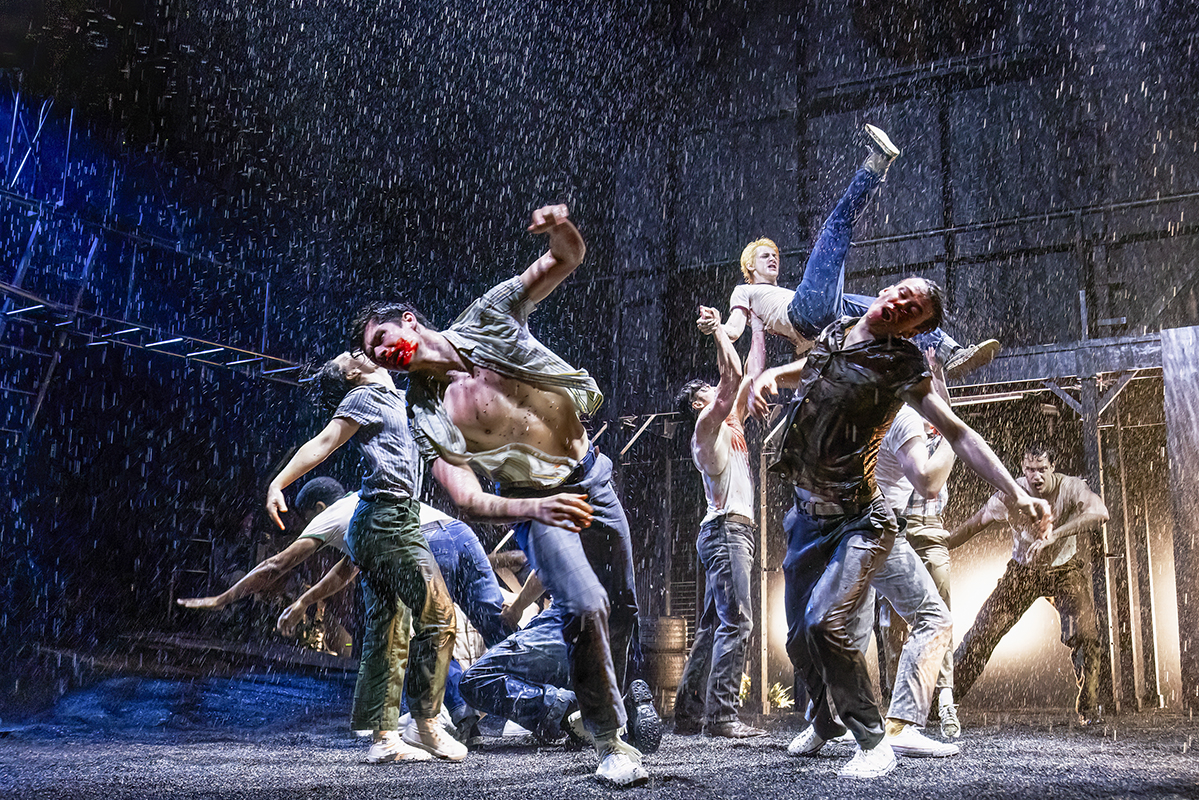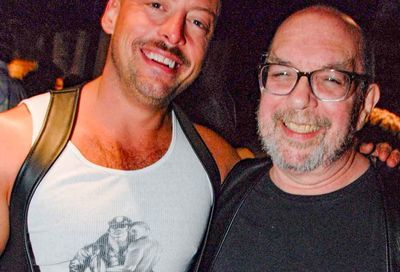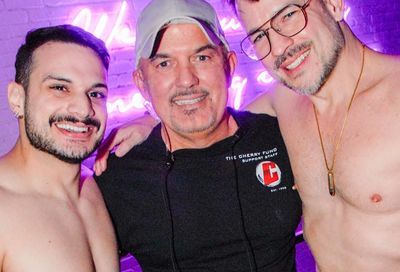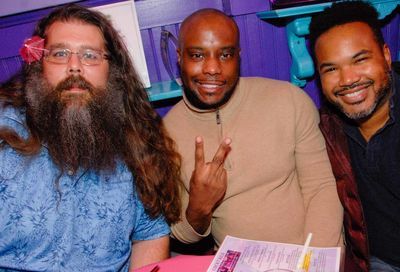TV Review: “Minx” offers smart socio-political content — with nudity
HBO Max's "Minx" bets big on cocks of all sizes in its saga of feminism and full-frontal at an erotic magazine for women

The groovy, sexually liberated spirit of the ’70s might be the best feature of HBO Max’s Minx (★★★☆☆), a seriocomic underdog story about a feminist writer and a pornographer teaming up to create the first erotic magazine for women.
Set in L.A. circa 1971-72, the series, created and written by Ellen Rapoport, captures the era with spot-on styling, earth-tone everything, and a soundtrack that doesn’t just stick with the same old signifiers.
Lead protagonist Joyce (Ophelia Lovibond) and her quixotic pursuit of a major media platform for progressive feminist voices both reflect the tension between Nixon-era boys’ club cronyism and counter-culture warriors still stoking the revolutionary fires of the sixties.
Before she dips her toe in the nudie mag business, though, Joyce’s counter-culture journey begins with her as the loudmouth lefty at her family’s country club. She wears the badge of instigator with honor, pouring that energy into her life’s work, an idea for a serious magazine made by, for, and about women.
To her dismay, and our amusement, Joyce’s pitch for The Matriarchy Awakens doesn’t exactly ignite a bidding war at the Southern California publishing conference where she also meets porn mogul Doug Renetti (New Girl‘s Jake Johnson).
Publisher of such monthlies as High Heel Hoochies, Lusty Lesbos, and Feet Feet Feet, Doug respects Joyce’s hustle, and convinces her that her concept needs more sex appeal.
One or two epiphanies later, and Minx magazine is born. Rather, the idea is born, and the 10-episode season depicts the “let’s put on a show” creation, involving the audience in the mission as Joyce, Doug, and his ragtag staff at Bottom Dollar Publications assemble the first magazine of politics and erotica intended for “the female gaze.”
They’re talking (implicitly) about the straight female gaze, which translates to lots and lots of dick, of all sizes, shapes, and colors, real and prosthetic, nearly always attached to good-looking nude men.
The show, like the magazine, courts an audience that’s down for mixing the cerebral and the sensual, offering smart socio-political content with nudity sprinkled throughout “like a scoop of sorbet between courses,” in the words of Joyce’s sister, Shelly.
Played with a sardonic spark by Lennon Parham, housewife Shelly turns out to be solidly supportive of her sister’s goals, and the show’s most consistently funny character. Much of the humor registers as more tee-hee funny than LOL hilarious, and the comic rhythms are fairly predictable.
The main dramatic conflicts in each episode also tend toward pat and predictable resolutions, although the performances and ’70s-steeped atmosphere keep it all engaging. The plotting doesn’t often subvert expectations, but the characters offer surprises.
A great foil for Lovibond’s determined Joyce, Johnson is particularly persuasive as this lower-rent Larry Flynt, who, despite his line of business, is a decent person and, in his own way, no less an idealist than Joyce. Via Doug and Joyce’s enlightened worldview, Minx applies a modern lens to a period story of overcoming sexism and stigma.

The effect of judging ’70s closed-mindedness by 21st-century standards can feel heavy-handed, but it’s also at times eye-opening. And the vicarious thrill from watching this funky, diverse, queer-inclusive crew build their enterprise, and rooting for them to prosper, might alone be worth hitching a ride on their cloud.
Minx episodes 1 and 2 are available for streaming on HBO Max, with two new episodes to follow each week. Visit www.hbo.com.
Support Metro Weekly’s Journalism
These are challenging times for news organizations. And yet it’s crucial we stay active and provide vital resources and information to both our local readers and the world. So won’t you please take a moment and consider supporting Metro Weekly with a membership? For as little as $5 a month, you can help ensure Metro Weekly magazine and MetroWeekly.com remain free, viable resources as we provide the best, most diverse, culturally-resonant LGBTQ coverage in both the D.C. region and around the world. Memberships come with exclusive perks and discounts, your own personal digital delivery of each week’s magazine (and an archive), access to our Member's Lounge when it launches this fall, and exclusive members-only items like Metro Weekly Membership Mugs and Tote Bags! Check out all our membership levels here and please join us today!



